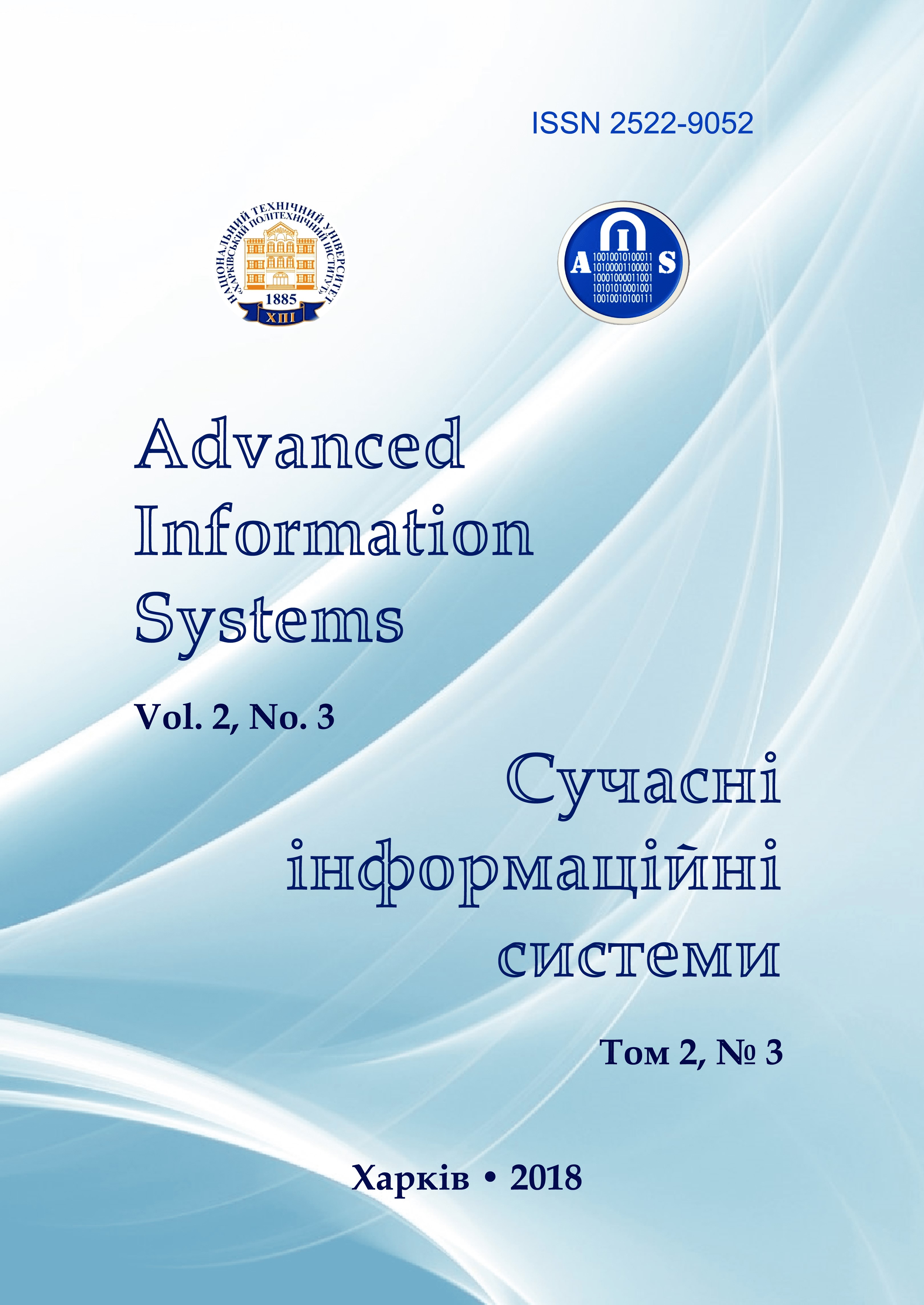ADAPTIVE ALGORITHMS OF FACE DETECTION AND EFFECTIVENESS ASSESSMENT OF THEIR USE
Main Article Content
Abstract
Article Details
References
Viola, P. and Jones, M.J. (2001), “Rapid object detection using a boosted cascade of simple features”, IEEE Conf. on Computer Vision and Pattern Recognition, Kauai, Hawaii, USA, Vol. 1, pp. 511–518.
Viola, P. and Jones, M.J. (2001), “Robust real_time face detection”, International Journal of Computer Vision, Vol. 57, No. 2, pp. 137–154.
Joseph, Howse and Joe, Minichino (2015), Learning OpenCV 3 Computer Vision with Python : Second Edition, Packt Publishing, September, ISBN : 978-1-78528-977-4.
Saurabh, Kapur (2017), Computer Vision with Python 3, Packt Publishing, August 2017, ISBN: 978-1-78829-976-3.
Prateek, Joshi (2015), OpenCV with Python By Example, Packt Publishing, September 2015, ISBN: 978-1-78528-393-2.
Open Source Computer Vision, available at : http://docs.opencv.org/trunk (last accessed March 7, 2018).
Bovyrin, A., Druzhkov, P. and Erukhimov, V. (2016), Development of multimedia applications using libraries OpenCV and IPP, Intuit, Moscow, 382 р.
Comasch, F. Stuijk, S. Basten, T. and Corporaal H. (2013), “Rasw: A runtime adaptive sliding window to improve viola-jones object detection”, Distributed Smart Cameras (ICDSC), 2013 Seventh International Conference.
